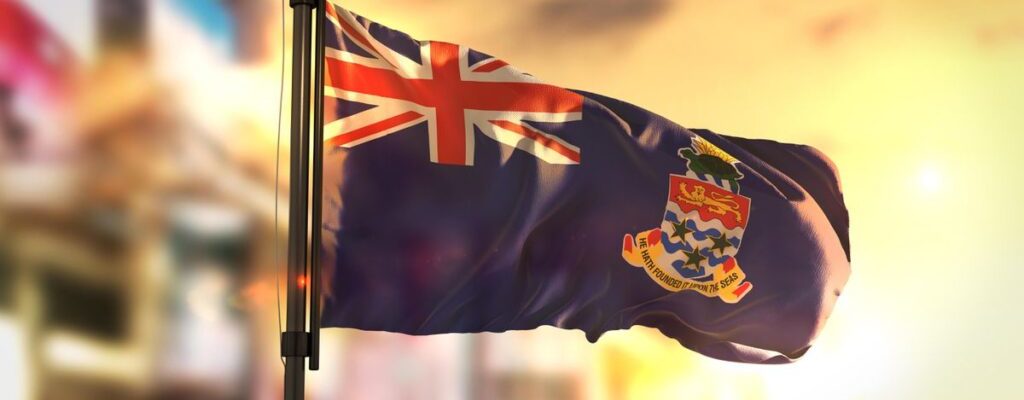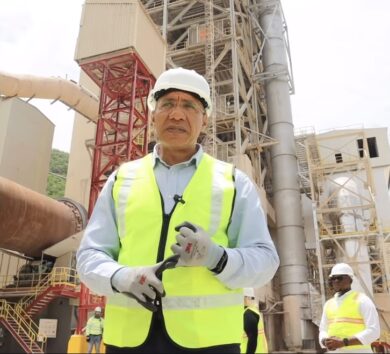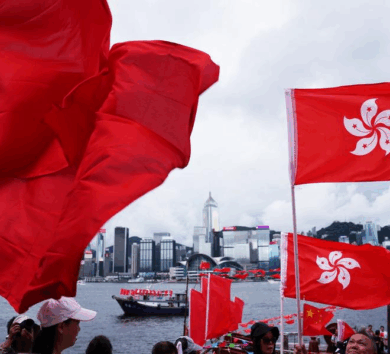
Tourism was main growth driver during the period

Durrant Pate/Contributor
The Cayman economy saw economic growth of 3.8 per cent for the first three months of 2022 with the growth forecast for the year put at 3.4 per cent.
This 3.8 per cent quarterly growth represents an acceleration relative to the 0.4 per cent growth estimated in the first quarter of 2021. The economic performance was broad-based with the acceleration largely reflecting recovery in tourism and transportation-related sectors.
The government’s Economics and Statistics Office is reporting that hotels and restaurants registered an estimated growth of 27.8 per cent for the period, while transportation and communication expanded by 14.3 per cent. Other services, which include arts, entertainment and also household activities, rose by 9.1 per cent for the quarter.
Key tourism supporting sectors such as wholesale and retail trade and utilities also expanded with respective growth of 2.8 per cent and 4.4 per cent. The financial services sector, the largest contributor to gross domestic product (GDP) had estimated growth of 2.5 per cent, while business activities and administrative services rose by 2.1 per cent.
Robust economic activity in real estate sector
Economic activity in the real estate sector also remained robust during the quarter, with an estimated growth of 5.2 per cent. Growth in construction decelerated in the quarter to an estimated growth of 1.8 per cent.
The other sectors to improve were government services (2.0%), agriculture and fishing (4.4%), mining & quarrying (1.5%) and manufacturing (1.6%). The economic performance in the first quarter supports the macroeconomic outlook for the calendar year 2022 with economic activity measured by real GDP projected to expand by 3.4 per cent.
It is expected that continued recovery in tourism and transport should support activities in auxiliary sectors. Notwithstanding, there is some downside risk to the forecast, as continued tightening of monetary policy in developed markets could dampen the recovery in tourism.
According to the Economics and Statistics Office, “the link between Cayman’s interest rates and that of the US could also lead to excessive borrowing costs locally and inhibit local demand. The projection for the average consumer price index (CPI) inflation rate has been revised upward to account for sustained price pressures in the US and other major trading partners. Consequently, inflation is now forecasted at 10.1% in 2022″.
The forecast is predicated on inflation remaining elevated in the second and third quarter of 2022 before decelerating partially in the last quarter of the year as the impact of policy measures begin to take effect. The unemployment rate for the year is maintained at 4.5 per cent relative to 5.7 per cent in 2021.
Downside risk to the forecast
Nevertheless, there is some downside risk to the forecast, as the government continues its thrust to pull more Caymanians into the workforce amidst growing demand from the labour intensive sectors. Inflation in the Cayman Islands’ spiked in the first quarter of 2022, continuing the uptick seen in 2021.
The Consumer Price Index (CPI) as at March 2022 stood at 122.5, a rise of 11.2 per cent when compared to March 2021. All divisions in the index rose for the period, led by those concentrated on energy-dependent services.
The housing and utilities index surged by 20.1 per cent, owing to increases in all sub-divisions. Notably, electricity, gas and other fuels rose by 34.2 per cent, while water supply and actual rent rose by 25.3 per cent and 12.3 per cent, respectively.
The transportation index increased by 15.7 per cent and reflected increases in all subdivisions. Fuels and lubricants rose by 29.0 per cent, while other transport services and passenger transport by air rose by 17.1 per cent and 12.0 per cent, respectively.

The rise in the cost of fuels and passenger transport by air reflected spikes in the cost of diesel and jet fuel on the international market. Diesel and jet fuel prices increased by 75.5 per cent and 84.2 per cent when compared to 20215. Pent-up demand coupled with supply chain constraints continued to influence prices for non-durable goods during the review period.
Consequently, the index for clothing and footwear rose by 8.0 per cent, while household equipment increased by 7.2 per cent. Additionally, the price index for recreation and culture increased by 2.0 per cent, reflecting higher costs for books, recreation and recording equipment and pet-related products.
Import inflation driver for food prices
Similarly, alcoholic beverages and tobacco products rose by 2.1 per cent. On average, non-food prices expanded by 11.6 per cent relative to a contraction of 1.4 per cent for 2021. The index for food and non-alcoholic beverages rose by 4.9 per cent, owing to a general increase in most subdivisions.
The expansion in food prices largely reflected imported inflation with the world bank food index rising by 31.0 per cent for the quarter. The other divisions which showed increases were; restaurants and hotels (up by 4.3%), communication (up by 3.7%), health (up by 0.2%), education (up by 1.2%), and miscellaneous goods and services (up by 2.1%).
Consistent with the increase in all, core inflation, which is headline inflation excluding food, electricity, and fuels, increased by 9.4 per cent for the quarter relative to the same period of 2021. The lower level of core inflation partially underscores the impact of energy-related prices on inflation.







Comments